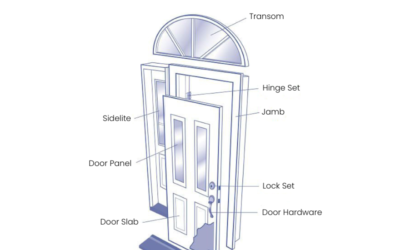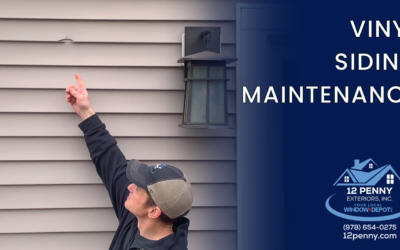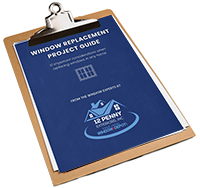Most new windows sold in the U.S. come with an NFRC window sticker prominently affixed to the glass. Besides being an indicator that the window is indeed brand new, this is also the label the NFRC uses to certify the technical specifications of the window, door, or skylight. By providing a standardized set of numerical values, the label is designed to help you compare products and make informed decisions about what you are purchasing for your home. Watch this video to learn all about what the various info on the sticker means, and be sure to read below for more information about upcoming Energy Star 7.0 Standards, going into effect on October 23, 2023.

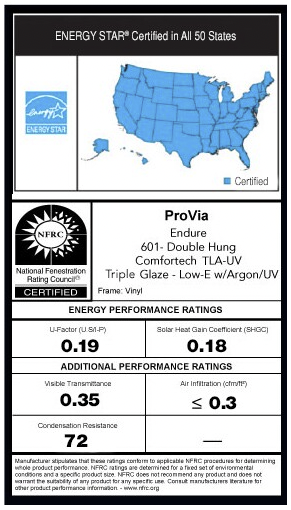
Who is the NFRC? NFRC stands for National Fenestration Ratings Council. It is the independent organization that certifies the energy performance of all windows, doors and skylights sold in the United States.
THE LABEL
There are 4 numbers that are required to be on every label. They are U-factor, Solar Heat Gain, Visible Transmittance and Air Leakage. Some labels will have a fifth number called Condensation Resistance but it is not required.
1) U-FACTOR
Here in the Northeast, the U-factor is the most important number to consider. In fact, the US Department of Energy recommends that if you live in a Northern Climate that you should get the lowest U-factor “you can afford.”
U-factor measures your window’s ability to keep heat inside your home. The lower this number, the more insulation you get.
(equivalent R-values can be calculated by dividing 1 by the U-factor. A U-factor of .21 is equal to an R-value of 4.76 (1 ÷ .21 = 4.76).)
2) SOLAR HEAT GAIN
Solar Heat Gain measures how well a window keeps heat from the sun out; it is in direct conflict with U-Factor, which is trying to keep heat in. Think of the summer sun when it is 90 degrees out. If you’re running your AC, you don’t want all that heat from the sun coming into the home. The lower the Solar Heat Gain Coefficient, the better your window is at keeping heat from the sun out. These numbers range from 0 to 1 where 1 is no window at all, and 0 is a wall.
Solar heat gain and U-factor are on the opposite ends of a see saw. The key is to find the right balance of U-factor and Solar heat gain. What that balance looks like might depend on what part of the country you live in, or what direction your house is facing. For example, a house in the Northeast that faces South may want a bit more Solar heat gain. Whereas a house in Florida probably does not care much about U-factor but wants a really great Solar heat gain coefficient to keep that hot Florida sun out.
3) VISIBLE TRANSMITTANCE
Visible Transmittance measures the amount of light that comes through the window. The higher the number, the more natural light is let in. The more energy efficient your window, the more panes of glass you may have, which may mean more Low-E coatings. These all do a great job of making your window more insulated, but they also do a great job of blocking light from coming into your home.
One “complaint” we get with triple pane windows, for example, is that they tend to be “darker” than double pane. There is a tradeoff here: if you want a really low U-factor (of say 0.19), then the visible transmission will also be lowered.
4) AIR LEAKAGE:
Air Leakage measures (you guessed it) how much air leaks through your windows. This is the whole window, not just the glass. It tells us how well the bulb seals are as well as the weatherstripping. I don’t love this number because the NFRC says all windows must have air leakage less than or equal to 0.3 cubic feet per minute (CFM). So, most labels will just show this as “≤0.3” but you won’t know really know how much less than 0.3 the window actually is.
5) CONDENSATION RESISTANCE
Finally, this (optional) listing shows us how well the window is at fighting against condensation build-up. This scale is from 0 to 100 so the closer we can get to 100, the better it is. Generally speaking, a triple pane window will have greater resistance to condensation than a double pane window. Any number above 60 is great.
ENERGY STAR VERSION 7.0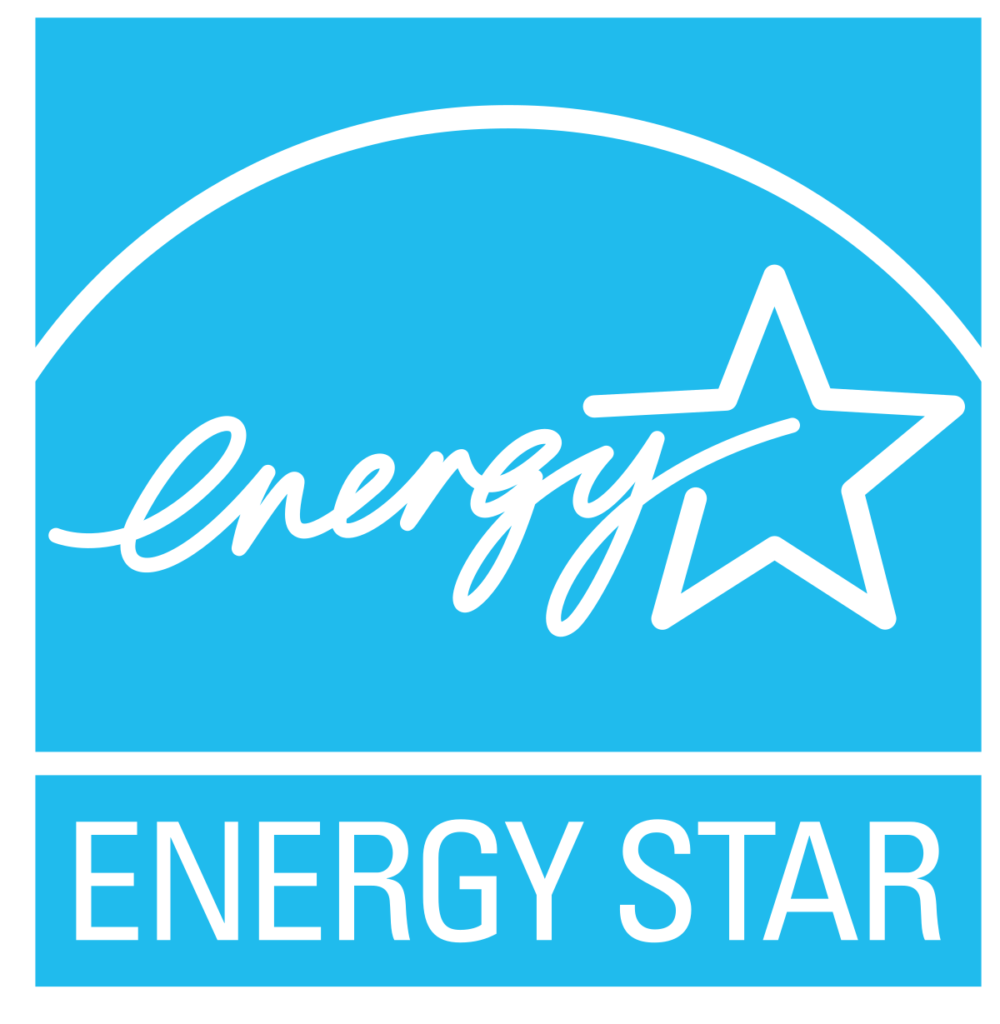
On October 23, 2023, Energy Star 7.0 will officially be the new standard across the United States. This means that window, door, and skylight manufacturers, if they want their products to be Energy Star rated, will have to follow the new guidelines. To get Federal Tax Credits, the new window(s) you are installing have to be rated “Most Efficient” by Energy Star. Get more specifics about ratings and tax credits here.
Energy Star is most concerned with 2 numbers: U-Factor and Solar Heat Gain. Depending on the climate where you live, the balance between U-Factor and Solar Heat Gain may differ for an efficiency rating. In the Northeast, we spend almost 9 months heating our homes, so a better U-factor is a priority. In southern climates, by contrast, air conditioners are running frequently, so it is best to keep that hot southern sun out of homes with a lower Solar Heat Gain rating.
THE LABEL IS IMPORTANT BUT NOT EVERYTHING
There are a lot of reasons why people decide to buy windows, doors, or skylights. New windows can update the look of your home, improving its curb appeal and resale value. They can better insulate your home from unwanted outside noise. They can provide better performance against condensation. This label, and the energy efficiency performance it indicates, should be one of many factors you consider when choosing which window is right for your home.
All this information can be confusing – we are here to help! We’d love to speak with you about choosing windows, doors, or skylights for your upcoming project. You can also find more information at www.nfrc.org, www.energy.gov, or www.energystar.gov.
ONE LAST THING!
Most cities and towns require you to keep the label ON THE WINDOW until the final inspection of your project is complete. Most building inspectors want to make sure your new window, door, or skylight is “up to code” when it comes to Energy efficiency in your neck of the woods, so please leave that sticker on until after they’ve seen it!


